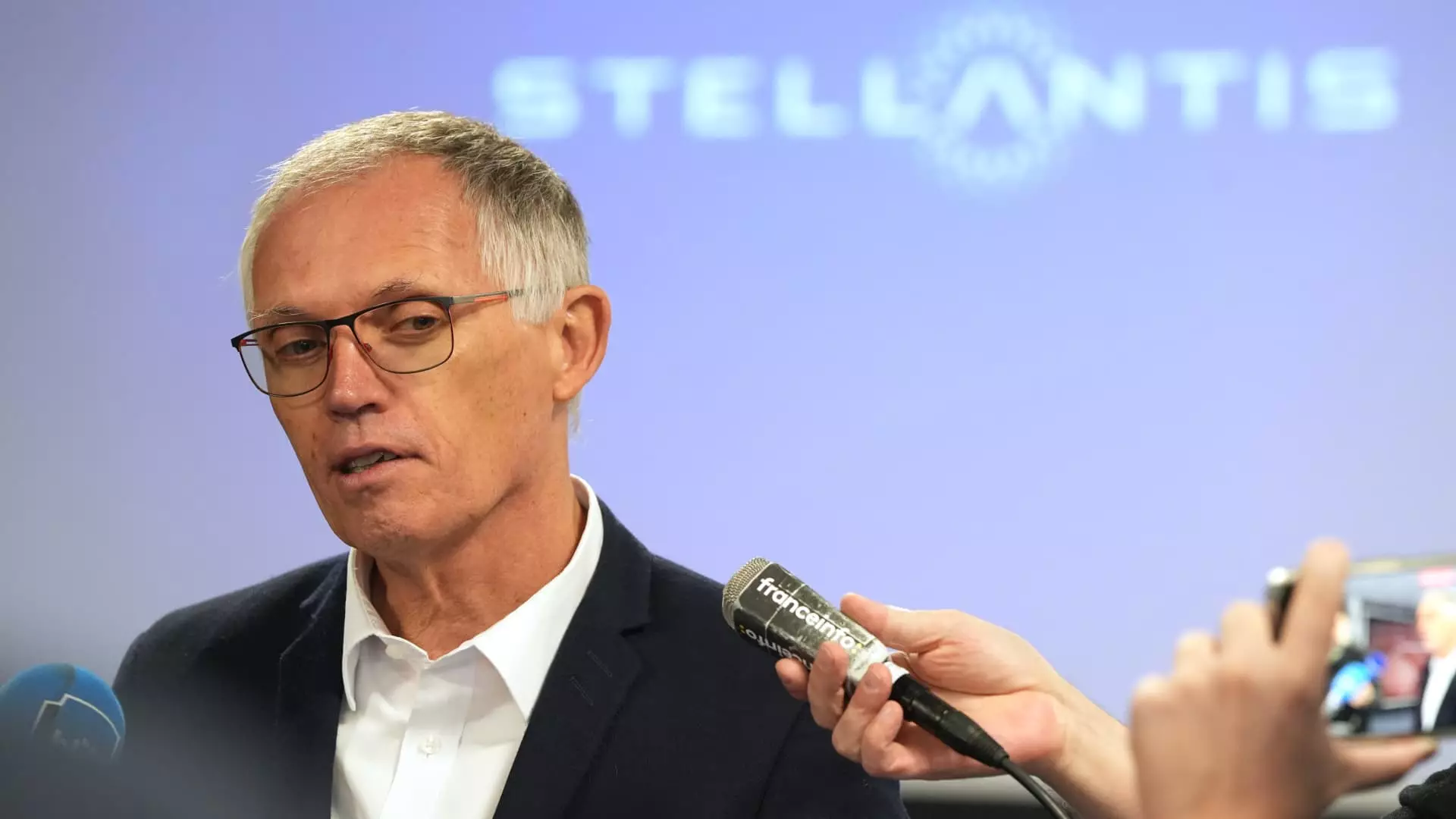The automotive industry is no stranger to turmoil, and the recent resignation of Stellantis CEO Carlos Tavares is yet another chapter in a storied legacy of corporate reshuffling. Tavares, who was instrumental in the formation and success of Stellantis following the merger of Fiat Chrysler Automobiles and PSA Groupe in 2021, stepped down abruptly due to growing “different views” between himself and the company’s board of directors. This unexpected move raises questions about the future direction of Stellantis and the broader implications for the automotive sector.
Carlos Tavares was often lauded for his leadership skills and strategic vision as CEO of Stellantis. His experience included a lengthy tenure with PSA Group, where he served as the board chair before the merger. Tavares was seen as a visionary who could navigate the complexities of the automotive landscape, especially during a significant transition towards electrification and sustainability. Under his guidance, Stellantis emerged as one of the most profitable automotive manufacturers in the world. However, this success came amidst a backdrop of growing challenges, particularly in the fiercely competitive U.S. market.
In recent months, Stellantis’ financial performance has been under scrutiny. The company lowered its annual guidance targets and reported a staggering 27% decline in net revenues for the third quarter, largely attributed to mismanagement and a lack of investment in new products. As a result, the company’s stock price plummeted approximately 43% in 2024. This rapid decline reveals a significant disconnect between Tavares’ vision and the reality of market demands.
Cost-Cutting Measures and Industry Backlash
One of Tavares’ key strategies was aggressive cost-cutting, which included a reported €8.4 billion reduction from the merger. While these initiatives were initially seen as necessary to improve profitability, they soon drew criticism from various stakeholders, particularly within the United Auto Workers (UAW) union and Stellantis’ own employees. The company’s aggressive downsizing has resulted in a 15.5% reduction in headcount—or roughly 47,500 employees—over the last four years. As veteran executives lamented, these efforts have been executed with a level of ruthlessness that jeopardized operational effectiveness.
The backlash intensified as the UAW accused Tavares of prioritizing profit margins at the expense of labor stability. Layoffs and production cuts created an environment of unrest and dissatisfaction among workers, further alienating a key constituency within Stellantis. Additionally, the company’s American dealerships expressed frustration over increased inventories and insufficient financial support to manage sales in an already challenging marketplace. This growing discontent culminated in mounting pressure on Tavares, possibly influencing his decision to resign.
The announcement of Tavares’ resignation highlighted a fundamental breakdown in trust between him and the Stellantis board. In a statement, senior independent director Henri de Castries remarked on the “different views” that had evolved, indicating a divergence in strategic alignment. For an organization to thrive, especially in the automotive sector which is navigating unprecedented shifts towards electrification and sustainability, slippage in collective vision can be the precursor to crises. The board’s acceptance of Tavares’ resignation raises crucial questions about Stellantis’ governance model and future trajectory.
The resignation also sets a precedent around leadership accountability and expectations within Stellantis. As the company embarks upon the search for a new CEO, it will be vital for the board to find a leader who not only aligns with their vision but is also adept at managing the turbulent waters of the current automotive climate. The interim executive committee, led by Chairman John Elkann, will need to steer the organization effectively until a new leader is appointed.
Looking ahead, Stellantis faces a pivotal moment. The automotive industry is rapidly evolving, with an increasing emphasis on electric vehicles and sustainability. As the new CEO is selected, the company must address its operational inefficiencies and invest in innovative products that align with market demands. Failure to adapt could result in further declines in sales and profitability, exacerbating the challenges already faced by the organization.
Carlos Tavares’ resignation from Stellantis marks a critical juncture for both the company and the automotive industry at large. His departure underscores the importance of strategic cohesion and highlights the risks associated with aggressive cost-cutting measures in an evolving market. As Stellantis moves forward, it must confront the challenges ahead with a renewed focus on employee relations, innovation, and a commitment to shareholder value. The next steps will be crucial not only for the company’s future but also for its standing in a rapidly shifting automotive landscape.

